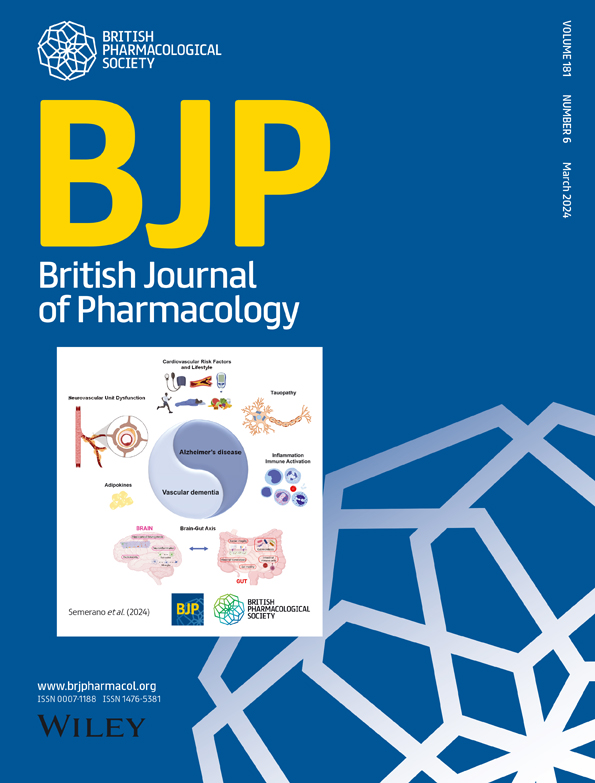SGLT2 inhibitors and their influence on iron metabolism in the context of inflammation
Abstract
Background and Purpose
Sodium-glucose linked transporter 2 (SGLT2) inhibitors stimulate erythropoietin, resulting in increased iron utilization. Consequently, patients often have biomarkers indicating iron deficiency. Here we have assessed the relationship between SGLT2 inhibitors and iron biomarkers in anaemic patients with inflammation.
Experimental Approach
This retrospective cross-sectional study included patients with anaemia (WHO definition) and inflammation. We performed bivariate analyses (one-way ANOVA) on log-transformed and original values of soluble transferrin-receptor and ferritin index, both markers of iron stores in the presence of inflammation. Three-way ANOVA models assessed the effect of SGLT2 inhibitors on these biomarkers, adjusting for congestive heart failure and diabetes mellitus.
Key Results
Of the 439 participants, 55 were taking SGLT2 inhibitors. One-way ANOVA showed higher log-transformed soluble transferrin-receptor values in SGLT2 inhibitor users. However, when congestive heart failure and diabetes mellitus were controlled for in the three-way ANOVA, the association disappeared. Similar patterns were observed for soluble transferrin-receptor and ferritin index. All models explained only a small proportion of variance in iron biomarkers.
Conclusion and Implications
Our bivariate analysis showed a clear association between SGLT2 inhibitors and iron biomarkers in the presence of inflammation. However, this association disappeared when the model was controlled for congestive heart failure and diabetes mellitus. The apparent association may be due to factors other than inhibition of SGLT2. Clinicians should prioritize diagnosing and managing iron metabolism disorders in high-risk populations, such as those with heart failure, regardless of SGLT2 inhibitor use.



 求助内容:
求助内容: 应助结果提醒方式:
应助结果提醒方式:


